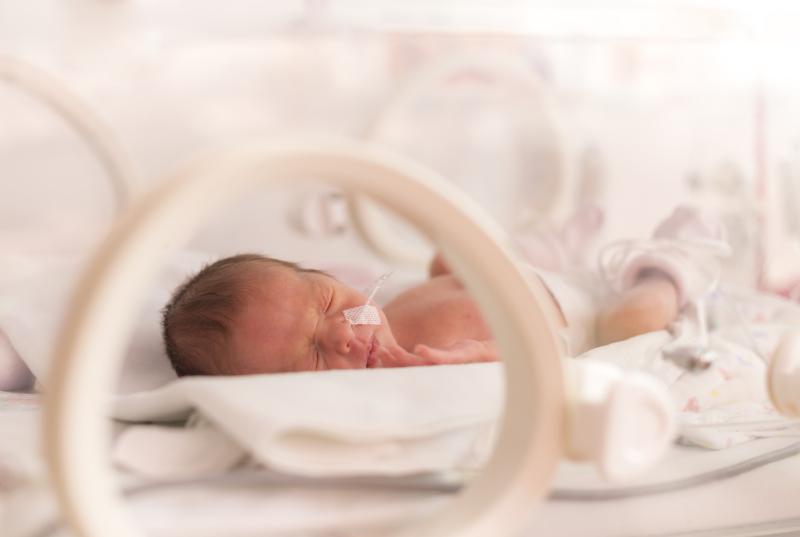 The Kangaroo Mother Care (KMC) idea, which originated amid grinding poverty, may be a cheaper and better option than incubators in saving premature babies.
The Kangaroo Mother Care (KMC) idea, which originated amid grinding poverty, may be a cheaper and better option than incubators in saving premature babies.Neonatal intensive care unit (NICU) hospitalization has a strong negative impact on health-related quality of life (HRQoL) of parents of extremely preterm infants, a recent study has found. The rebound in HRQoL after discharge is similarly great.
The present study included 194 parents of infants admitted to the NICU for ≥14 days. The Paediatric Quality of Life Inventory Family Impact Module was used to measure HRQoL before and 3 months after discharge. Infants transferred to the cardiac intensive care and nonbiological parents were excluded.
During NICU admission, parents of extremely preterm infants had significantly lower HRQoL than other parents. Multivariable linear regression analysis verified these findings and found that those whose babies were born at 23–28 weeks of gestation suffered from significantly worse HRQoL during NICU hospitalization (coefficient, –7.0; 95 percent CI, –12.6 to –1.4; p=0.015) relative to those of infants born 29–36 weeks of gestation.
In contrast, those whose babies were born 37–43 weeks of gestation did not show significantly lowered HRQoL (p=0.721).
When surveyed again 3 months after discharge, 67 percent of parents of extremely preterm infants reported clinically meaningful HRQoL improvements. In comparison, only 31 percent of parents of term infants reported the same.
“Future work in NICUs serving families with different demographics than ours, or in communities with different follow-up structures, will be important to understand the potential applications of these findings,” said researchers.
“Earlier discharge planning integrated with ongoing family education may be essential to optimizing both parent HRQoL and infant safety,” they added.